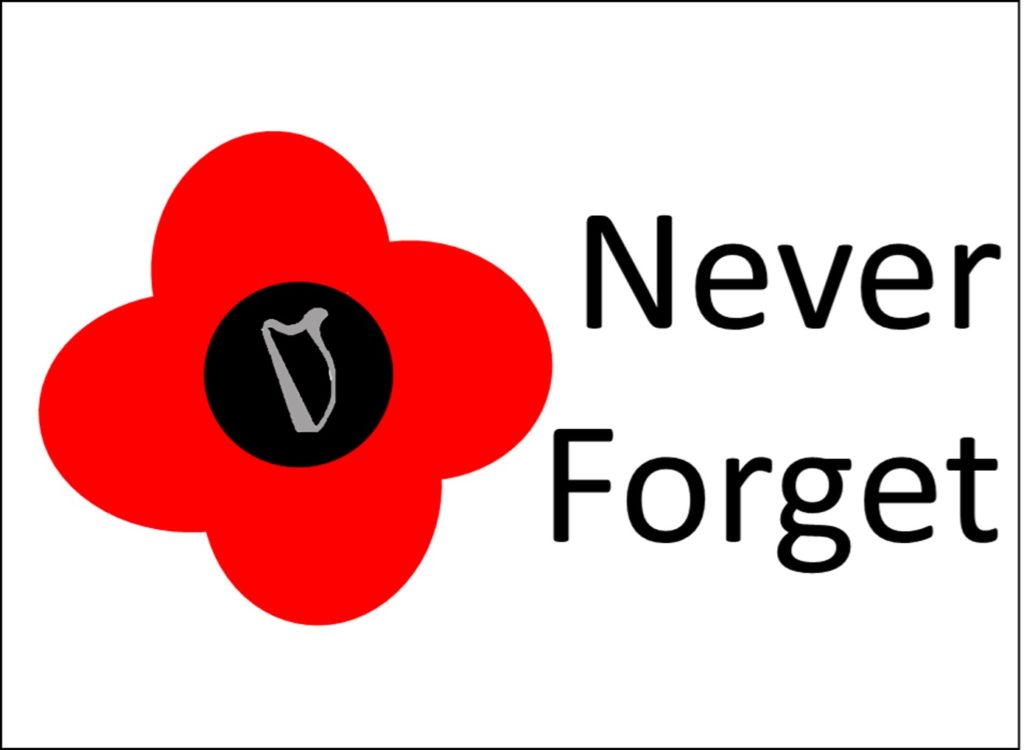When I walked into my local grocery on the morning of Halloween – yes, on the 31st of October – the candy shelves were bare. Not picked clean by overeager spoilers of goblins, ghosts, and ghouls. Swept bare – professionally cleared out. In preparation for stocking the Christmas treats. In October!
That helped slam home how little time remained before the holidays. How little practice time actually occurs before the onslaught of holiday playing opportunities.
In the weeks since then, while cramming Christmas carols and jamming holiday songs, it’s easy to lose sight of one teeny-tiny element. Yes, you know you need to know the music – but how will you make it shine?
You might be shaking your head thinking, “what is she on about now?”. What do I mean by “shine”?
 Well, think about it. There will be music everywhere. Children’s choirs, high school bands, muzak, and….you.
Well, think about it. There will be music everywhere. Children’s choirs, high school bands, muzak, and….you.
You with your beautiful, enchanting harp.
You, with your lovely arrangements.
You – just another performer in a season that is full of performers and goes on and on and on.
So, how will you stand out? Of course, you will have the novelty of the harp. And that will be satisfying to your listeners for a few minutes. But it is what you do with it that will keep them captivated. And this is true whether it’s your first Christmas harping, or if you were there playing at the nativity!
You will play your best for them pa rum pum pum pum. You need more – but what? I’m so glad you asked – here are five ideas.
- Remember – the melody is the thing. You may be working on an arrangement that looks like the most rhythmically complex arranger made a bet with the most lux chords arranger to generate an arrangement that uses all your fingers, toes, your nose and your friend’s fingers – but if it comes apart (from nerves, poor lighting, not enough preparation, or any of the other things that knock your playing) it doesn’t serve your audience. Be sure to deliver the melody – on time, every time, even if you have to drop the harmony. An amazing arrangement is great, but it’s the melody that’s the show – the melody is the thing – deliver the goods.
- Learn some cool stuff, but include the traditional old favorites. I recently saw a statistic which indicated that over 90% of Americans celebrate Christmas, even though somewhere like only 40% identify as church going Christians. As humans, we crave traditional things, and we follow trends! So, know your audience (as much as possible) and play for them. For every I Want a Hippopotamus for Christmas have a Silent Night. And I’ll give a prize to the person who can explain to me why this hippopotamus song is so popular!
- Don’t forget the rest of your repertoire. Even though it’s holiday time, you can fill out your performance package with some non-holiday tunes. These give the advantage of being slightly more practiced, so if you hit a rough patch, playing these tunes will help you to refocus and settle back in before returning to Christmas. Distribute these tunes throughout the set list and keep the non-holiday portion of the list to about 25% or so of the total. The change up will revive your audience of the monotony of all holiday music, which happens – especially as we get closer to Christmas day.
- Add “pro” touches to the tunes. If you typically play trad, there aren’t a lot of intros, codas or bridges. But now, it’s holiday time and not everything is trad (or not the trad you usually play!). So, step up your game. Generate some intros. You don’t need to spring the tunes on the audience. Intros are cues to your audience of what’s to come so they can be part of the music. Don’t let them all be church organ wonders (playing the last phrase before launching the tune). You can use a “catchy” phrase, a countermelody, a chord progression, or anything else that helps the audience be “in” on the tune as it starts. Add a bridge to move between tunes that make good sets or pair up tunes that help lead from one to the other (my current favorite is to lead into Silent Night from a riff on Brahms’ Lullaby). and don’t forget the coda to make sure everyone knows your about to wrap the tune. Remember – you’re communicating with the audience so don’t bury the lead – let them be part of the conversation.
- End Big! Keep a standard that is a strong part of your repertoire for your close. I like We Wish You a Merry Christmas – it’s upbeat, comes in varying tempos and, like Auld Lang Syne, helps signal that we’re at the end of the event. This works well for a background gig and it also makes a great encore/stage return for a concert gig. Either way, if you can, practice it with volunteers “joining in” so you can get a feel for how it sounds/what it feels like when people start to sing along. Trust me, it will happen and the first time, you might as well be ready for it.
All of these elements will help make your set shine – like the lights on the tree. I’m sure you have great ideas too – what do you include to make your holiday music shine? Do you close with other tunes? Let me know in the comments!


